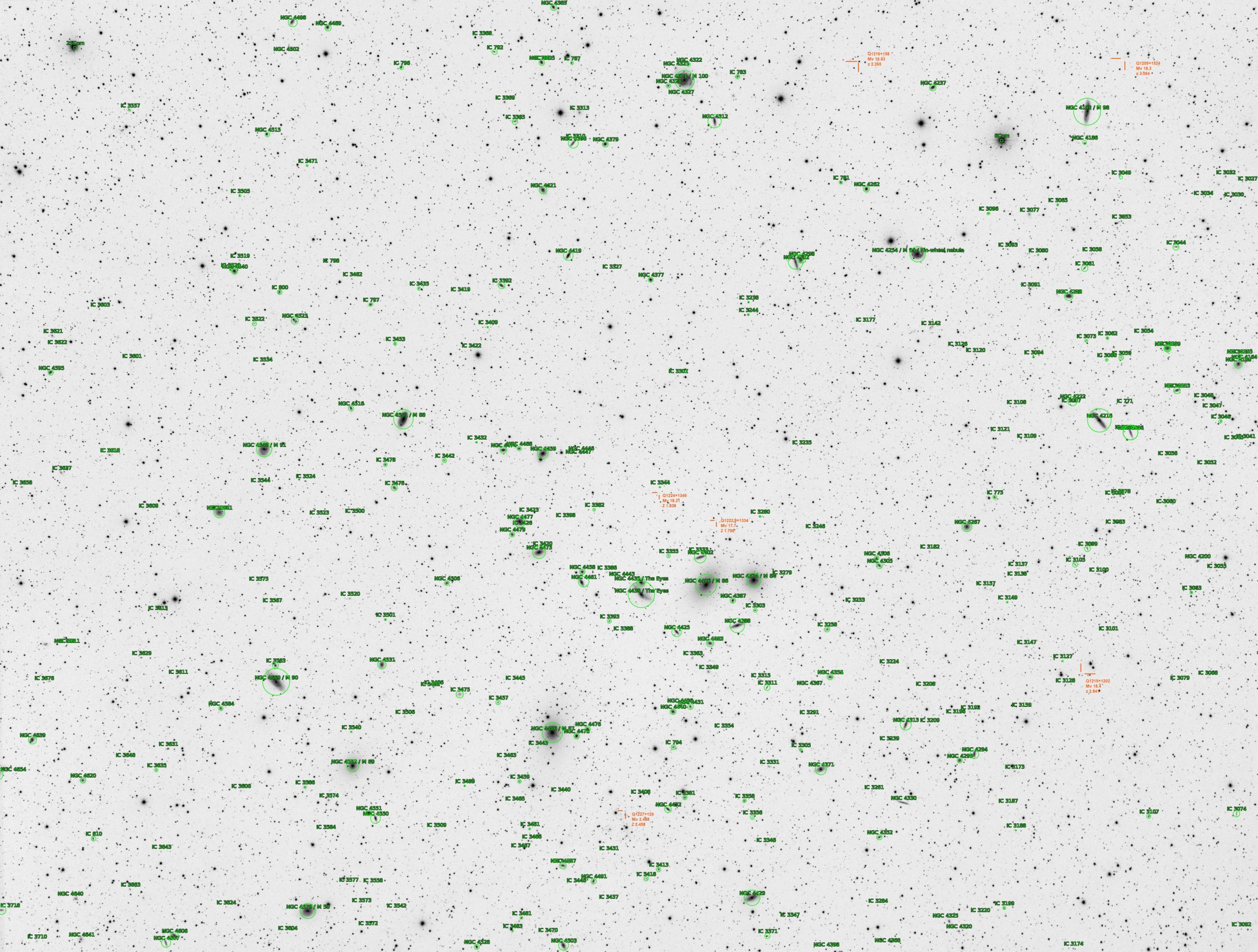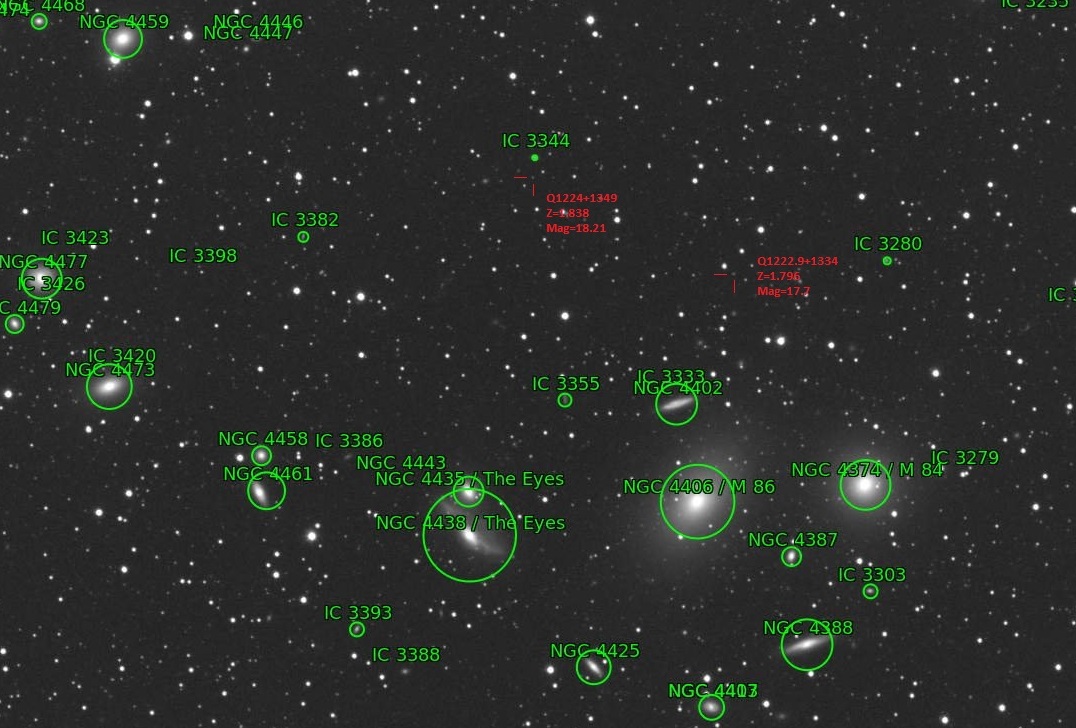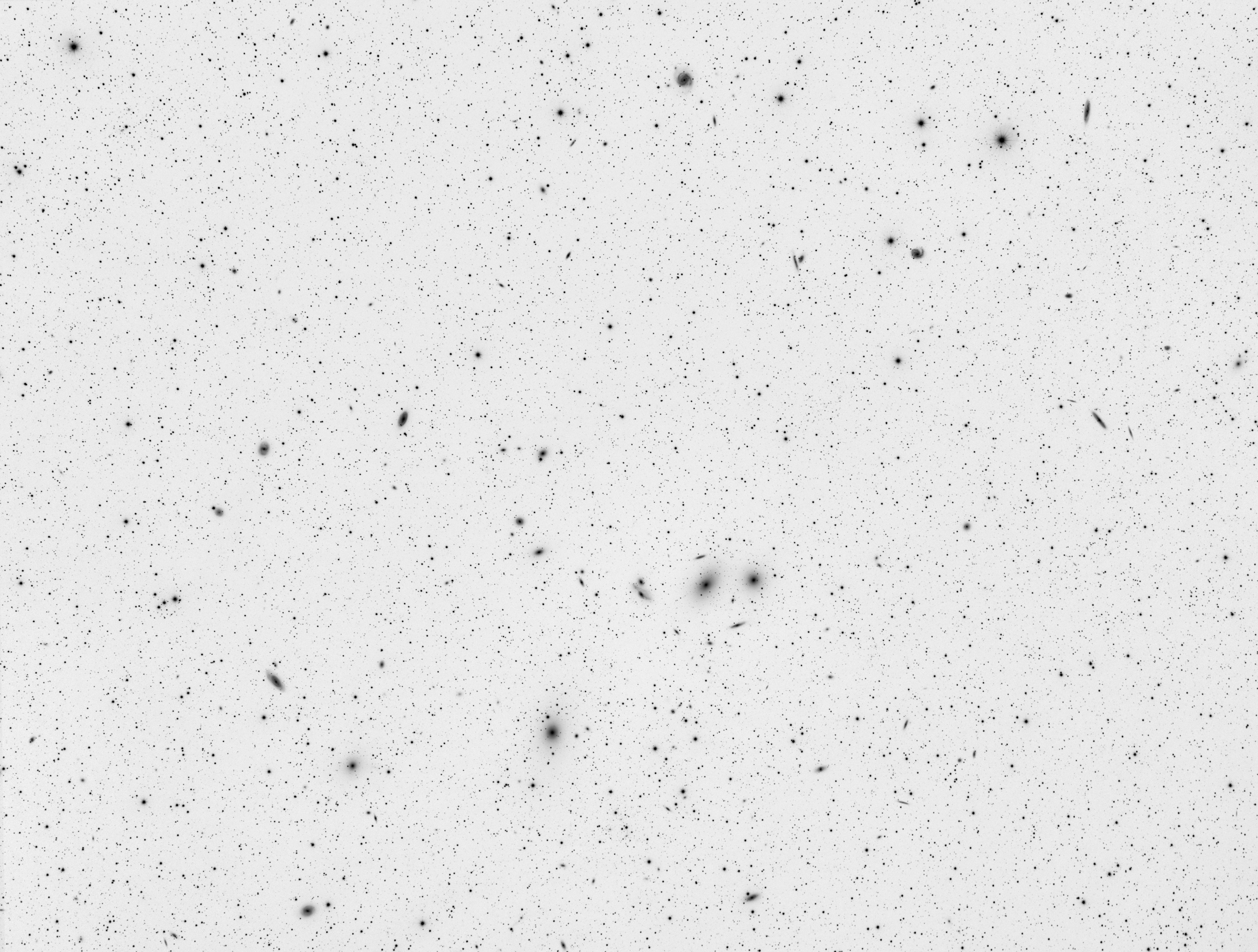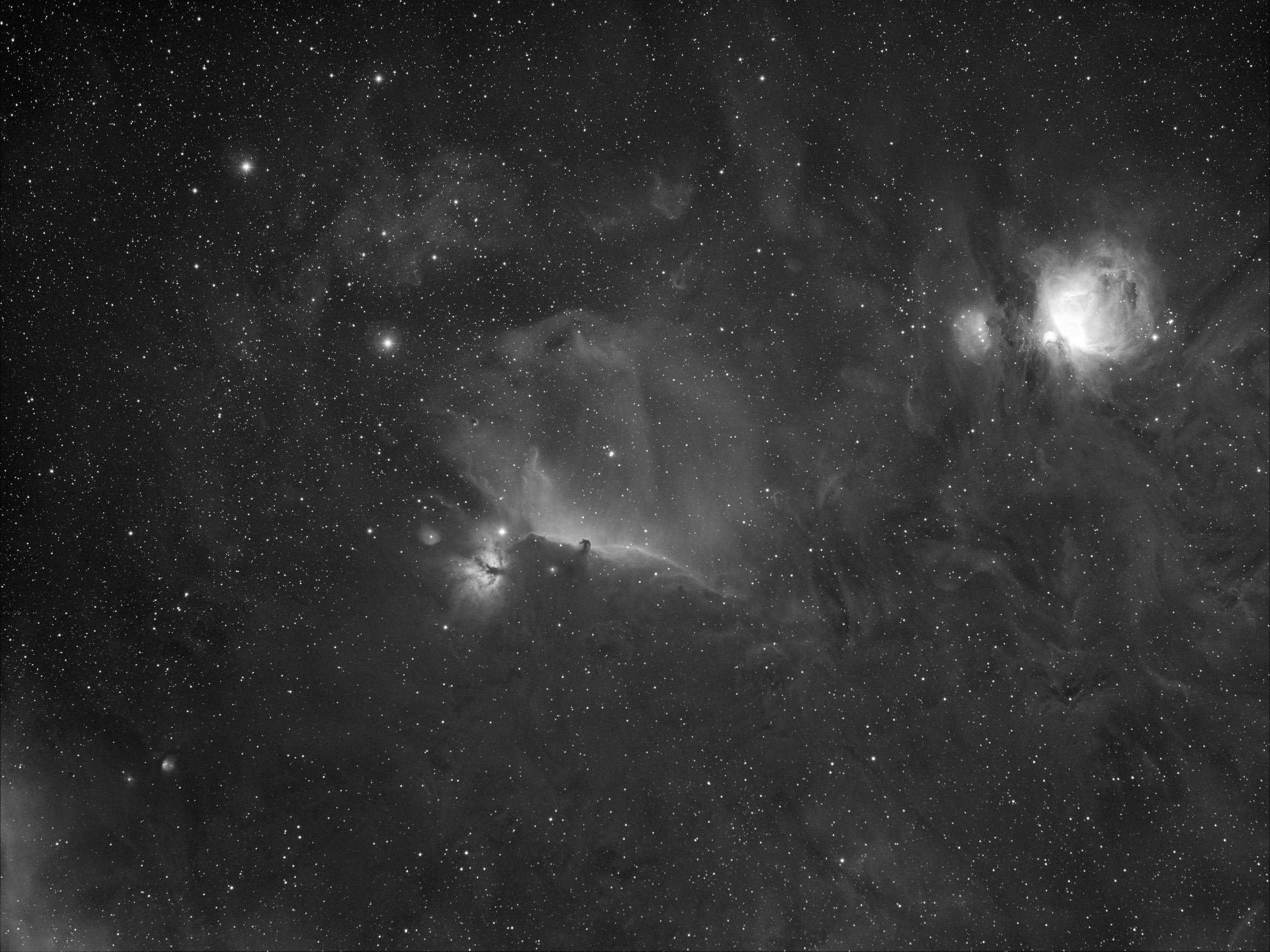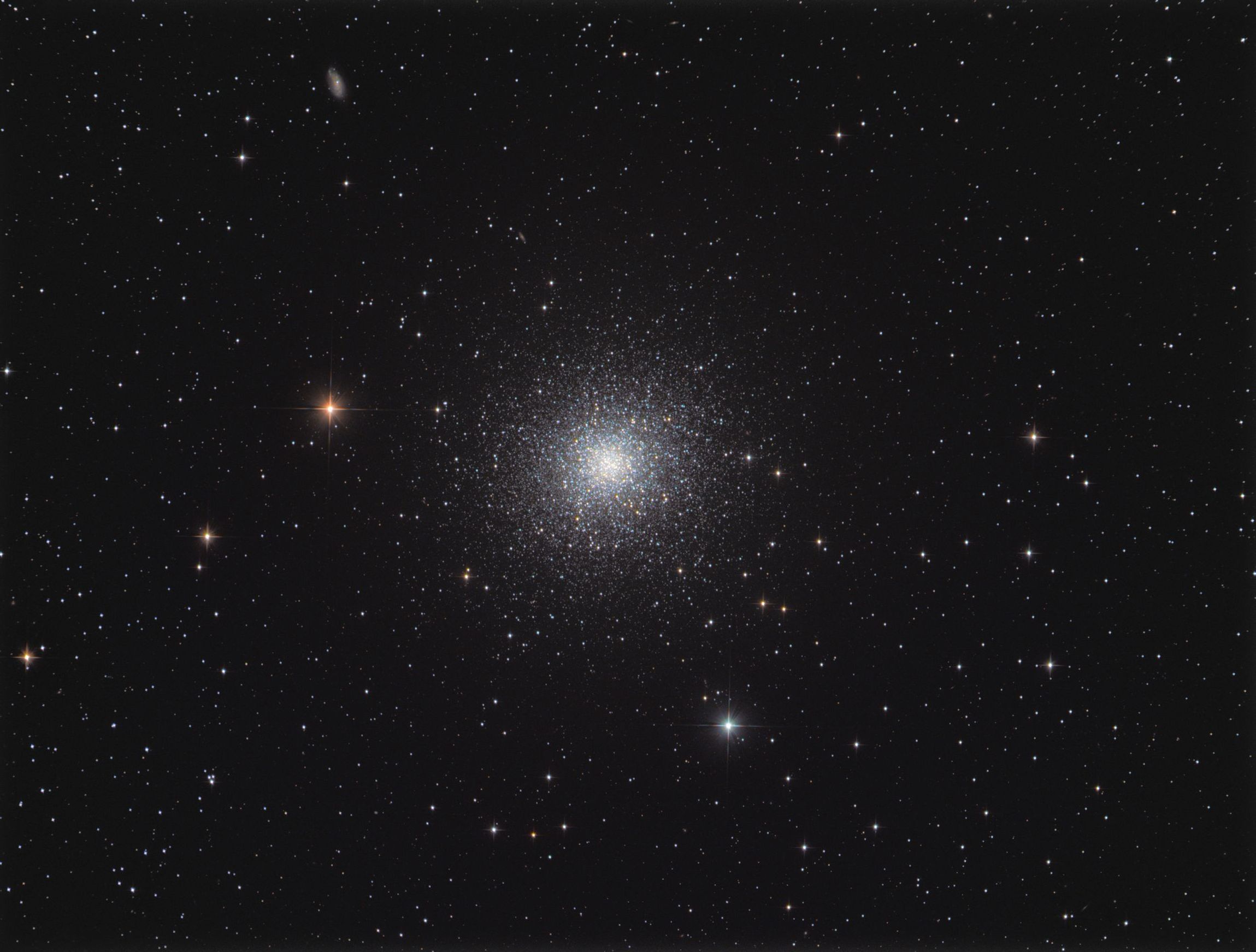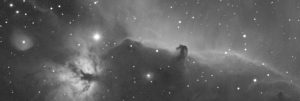4h40 exposure (L:56x300s)
Acquired on the 28th of February 2019 with Samyang 135mm
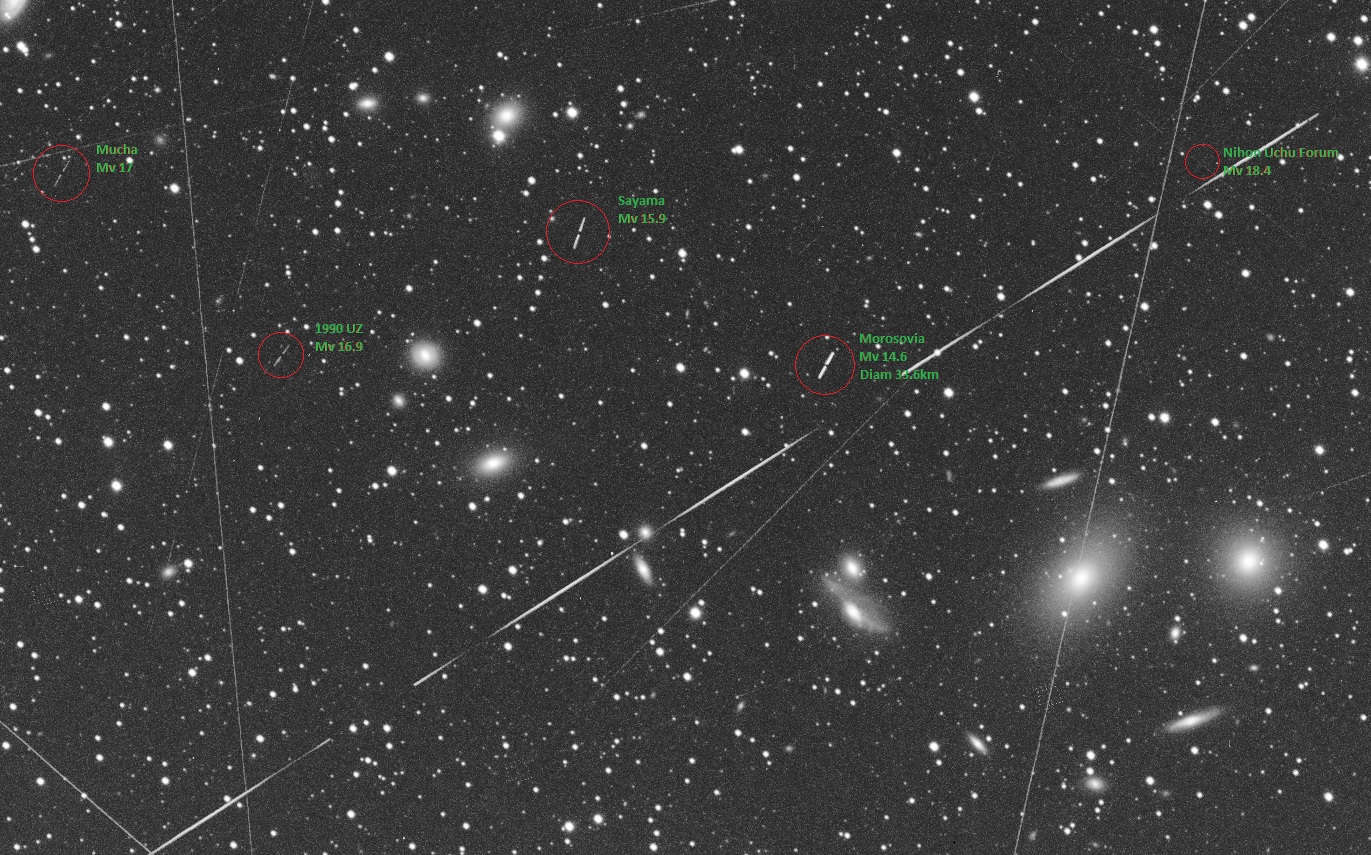
Several asteroids in the field of Markarian chain. Samyang 135mm F/2 at F/2.8, QHY163m gain=100
This article depicts a method to identify asteroids on personal photos. This method uses Aladin Desktop software from Strasbourg astronomical Data Center and SkyBot (Sky Body Tracker) from IMCCE (Institut de Mecanique celeste et de calcul des ephemerides) / Paris Observatory. The last part of this article explains how to obtain the orbit as well as the mass of the asteroid using JPL Small-Body Database Browser of NASA.

